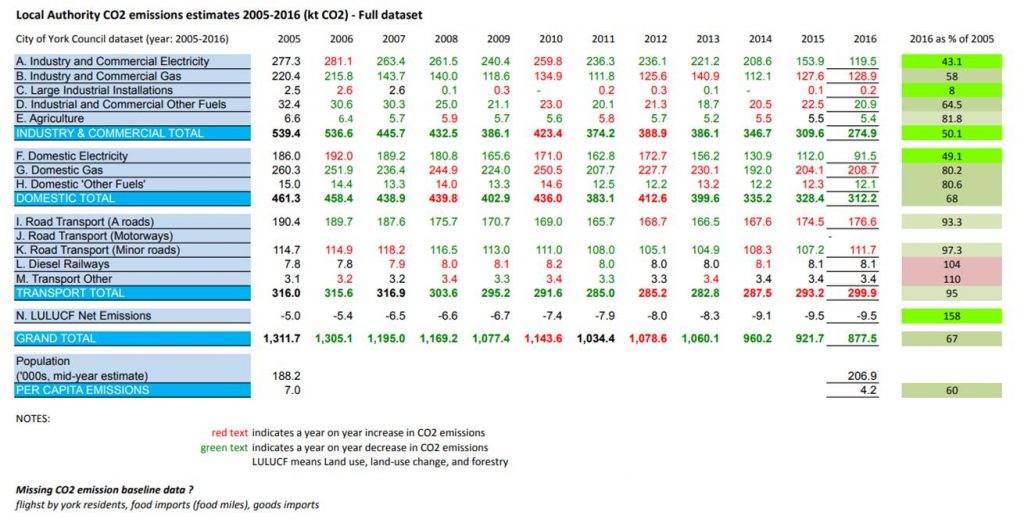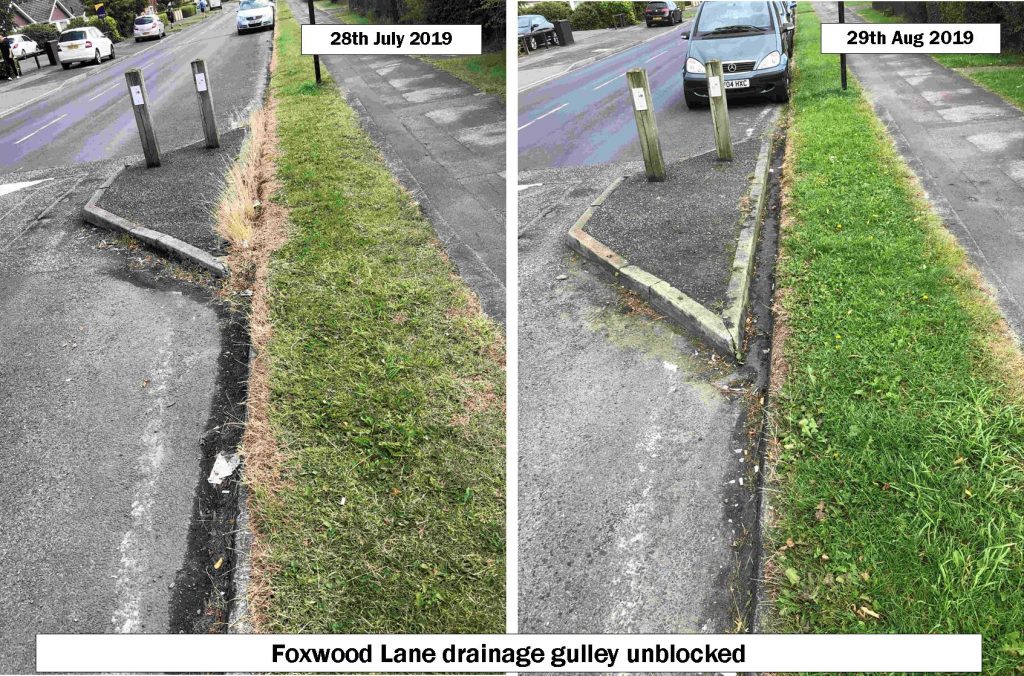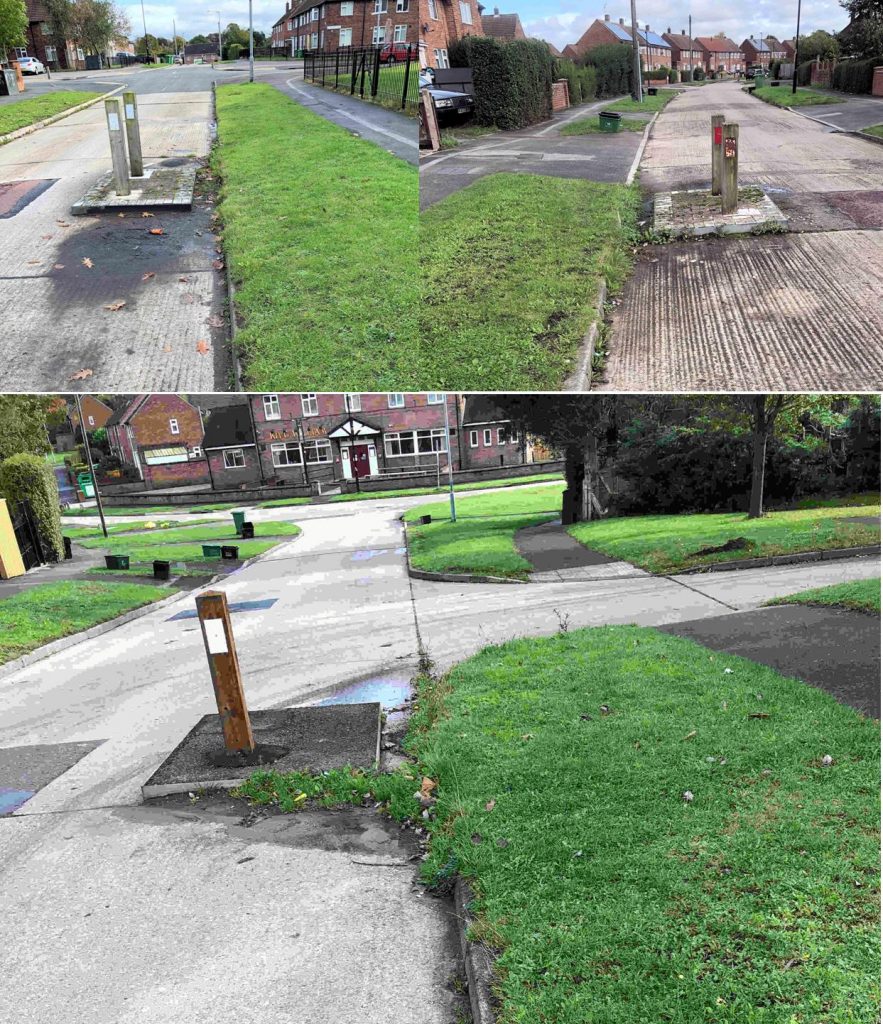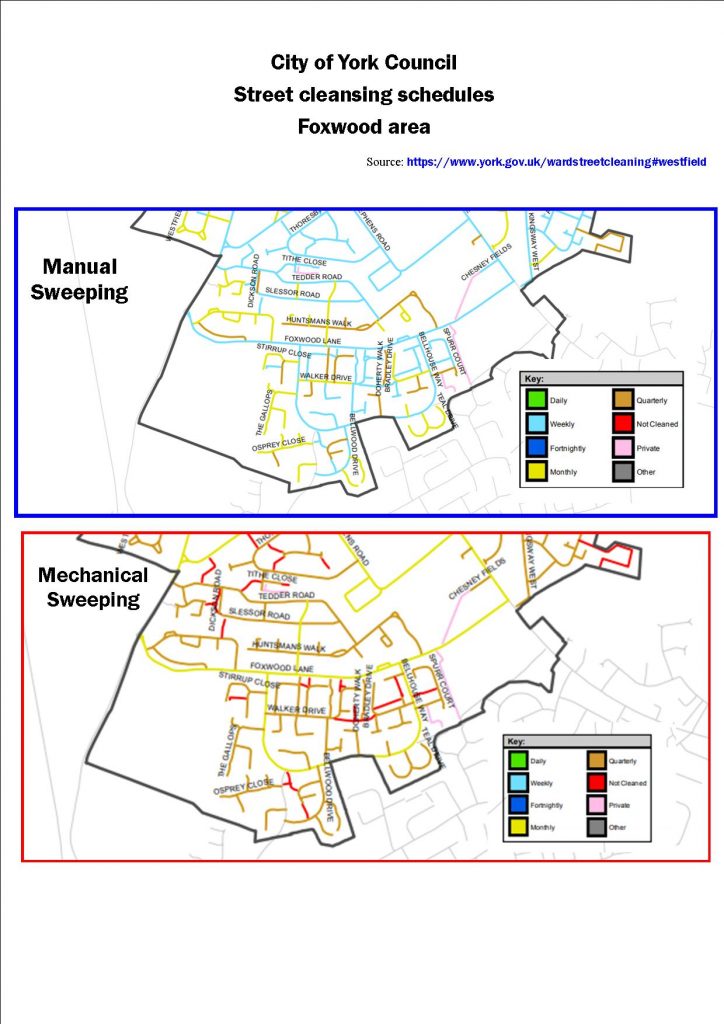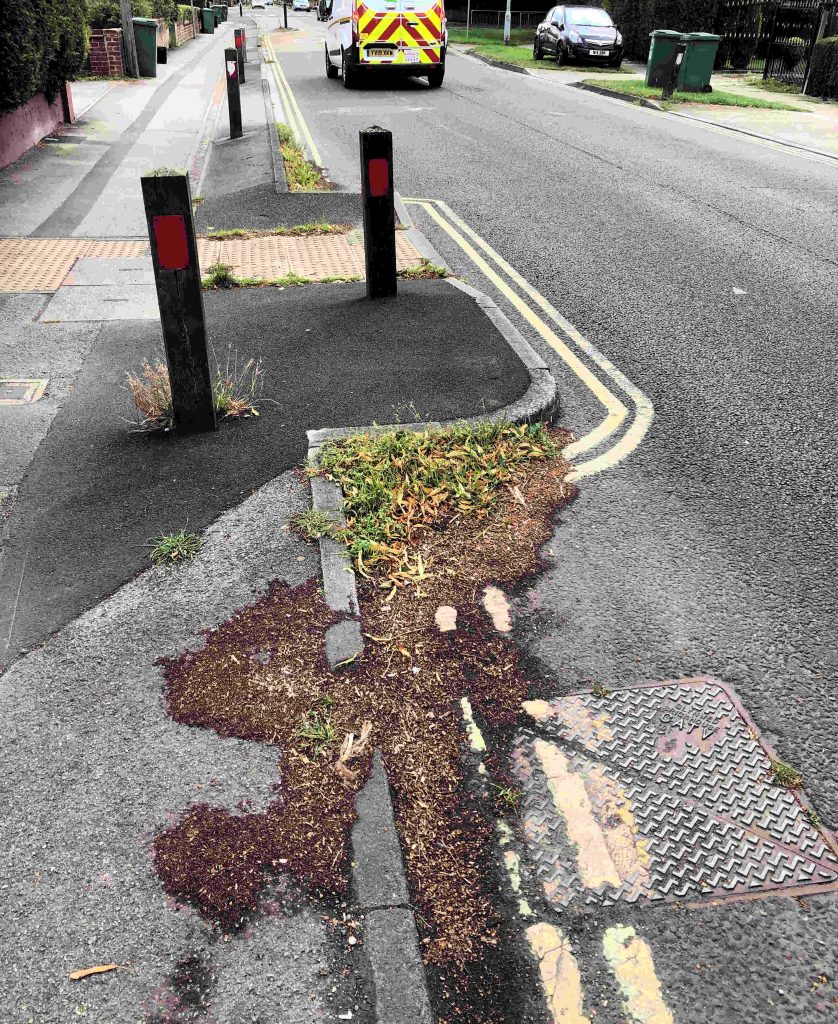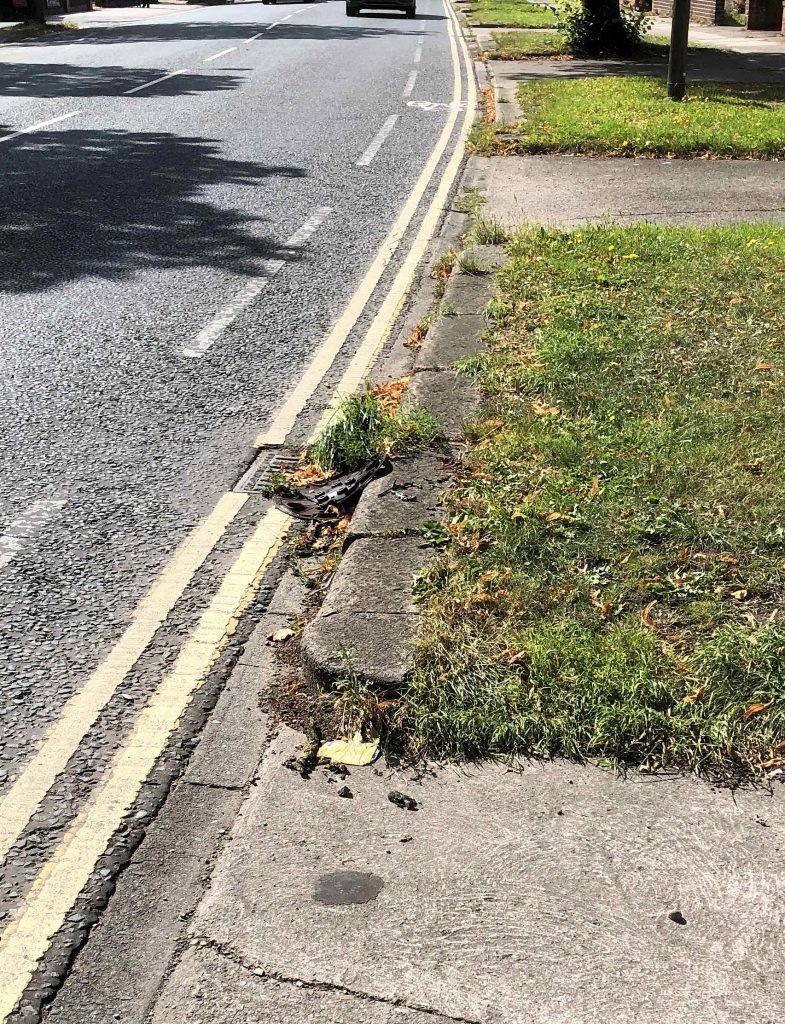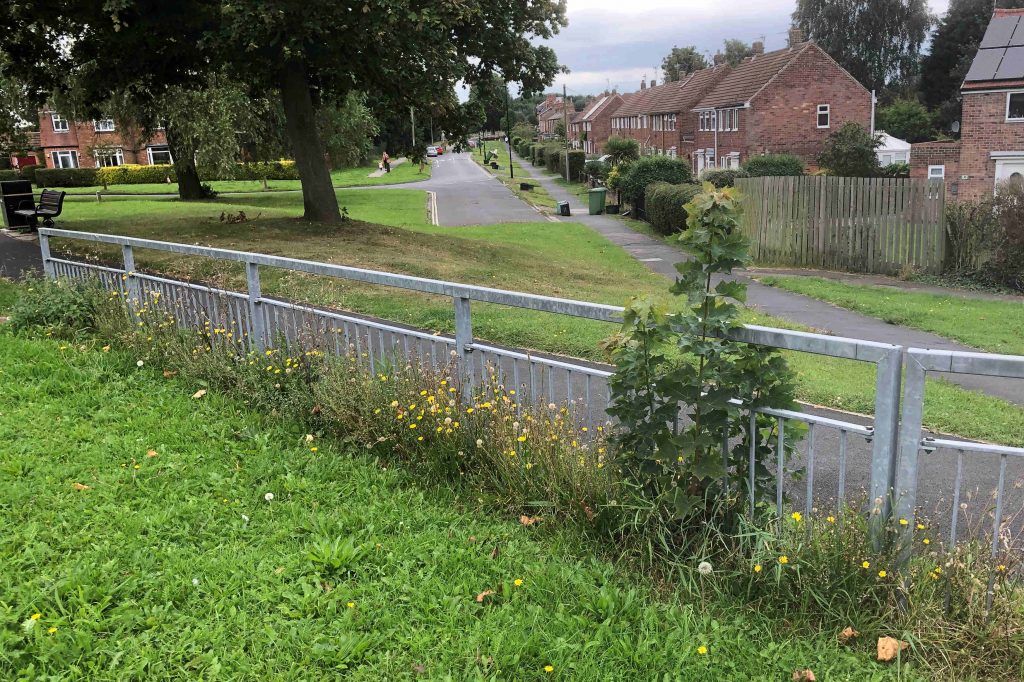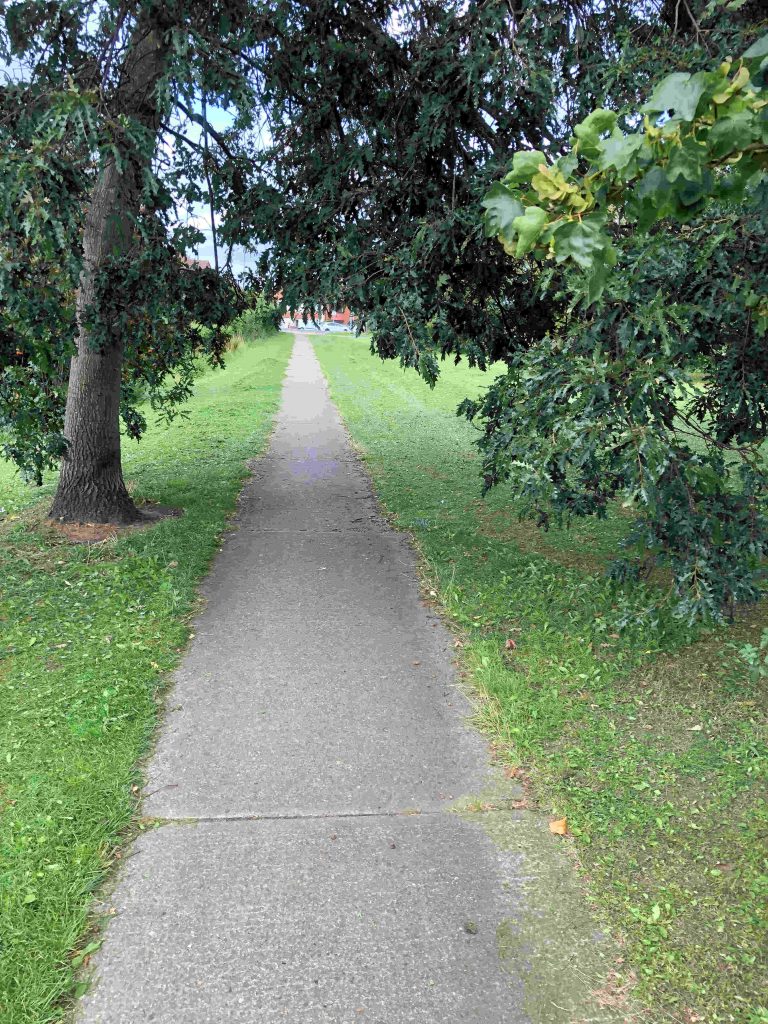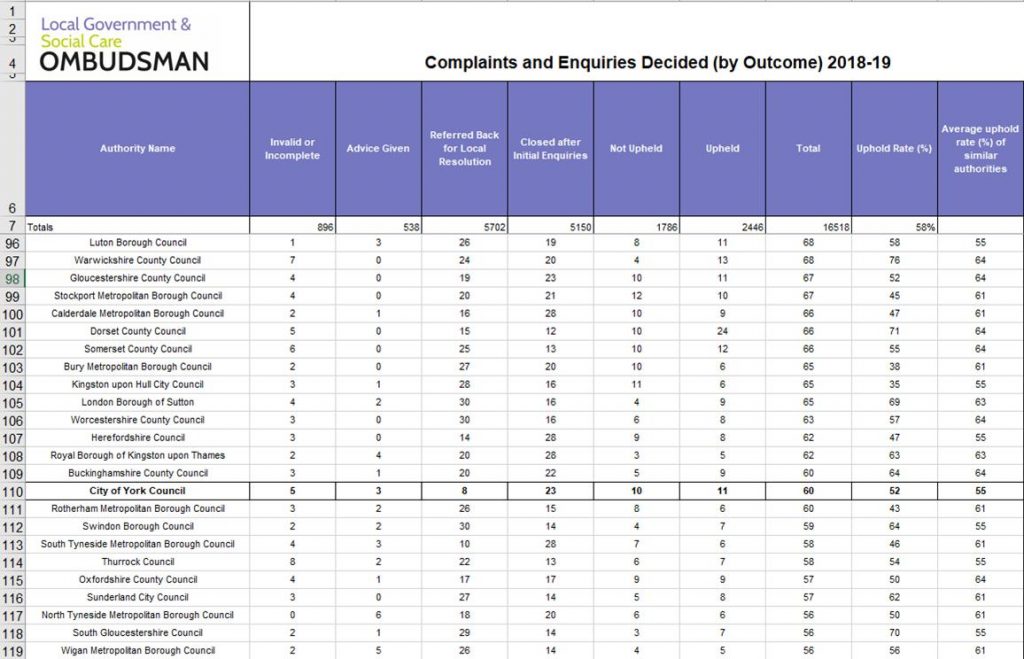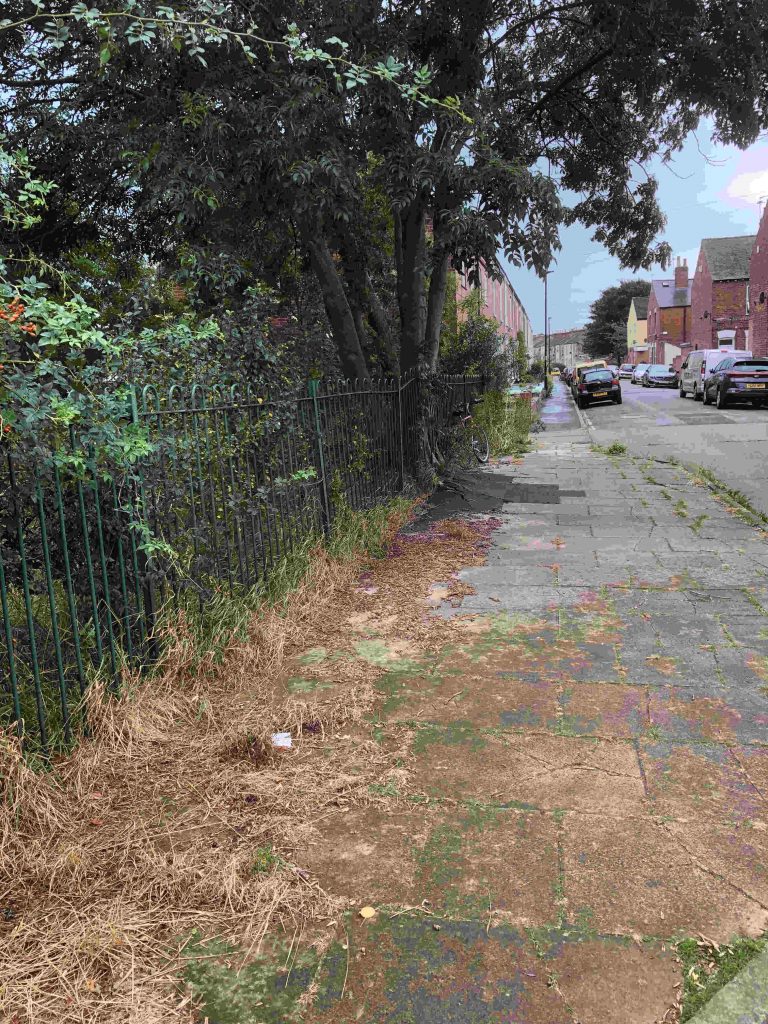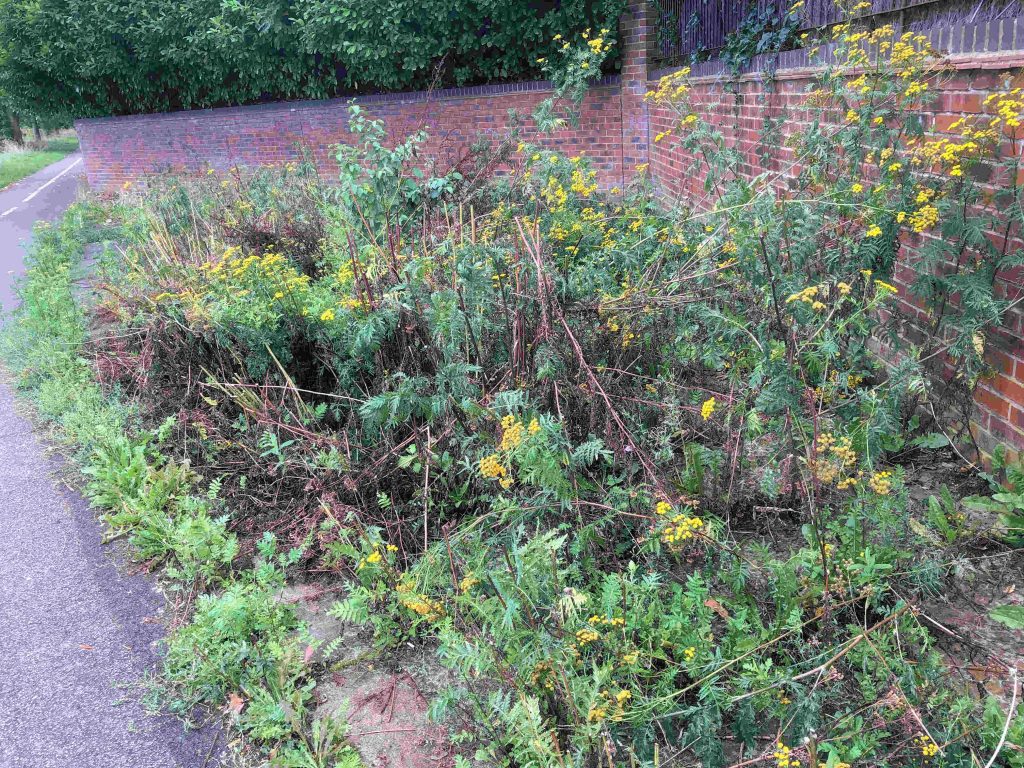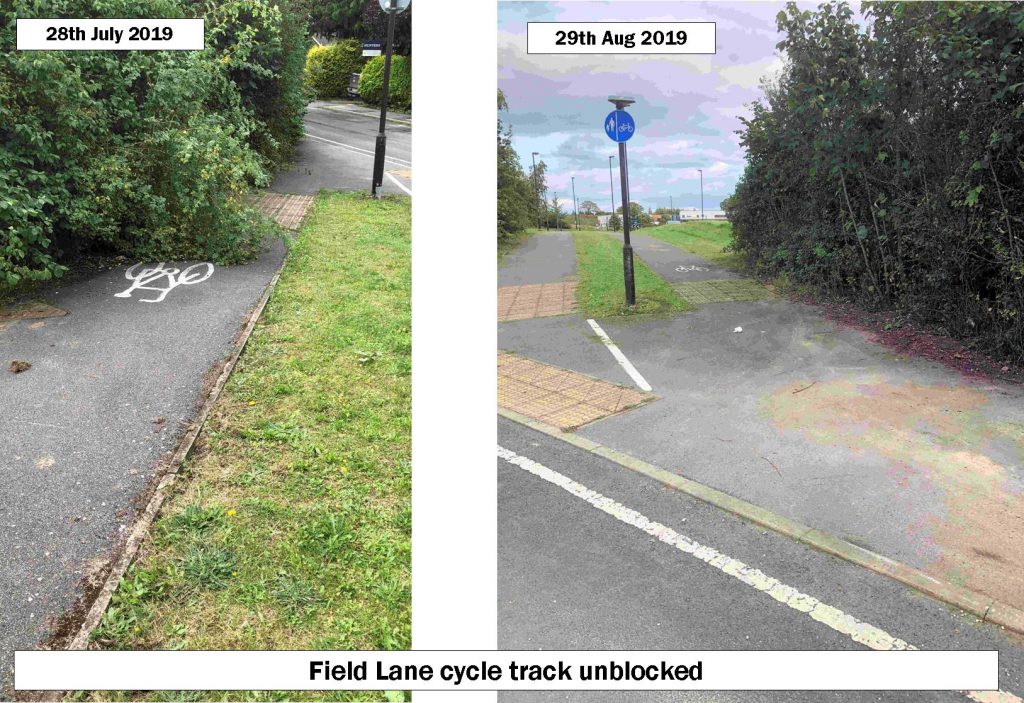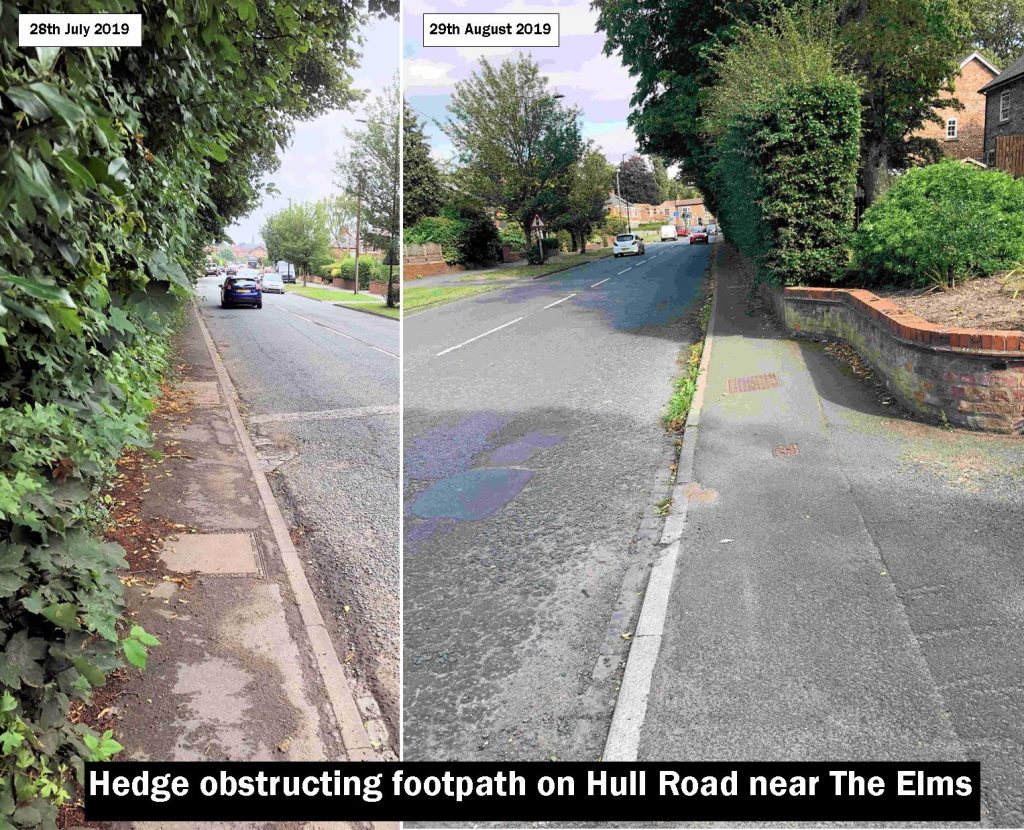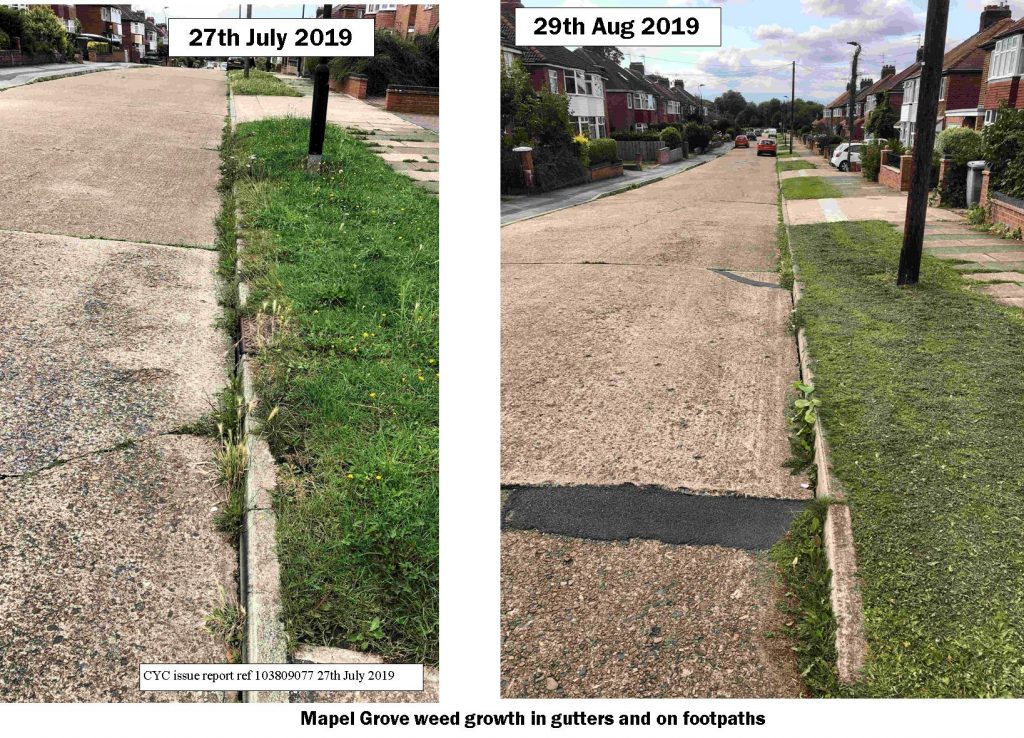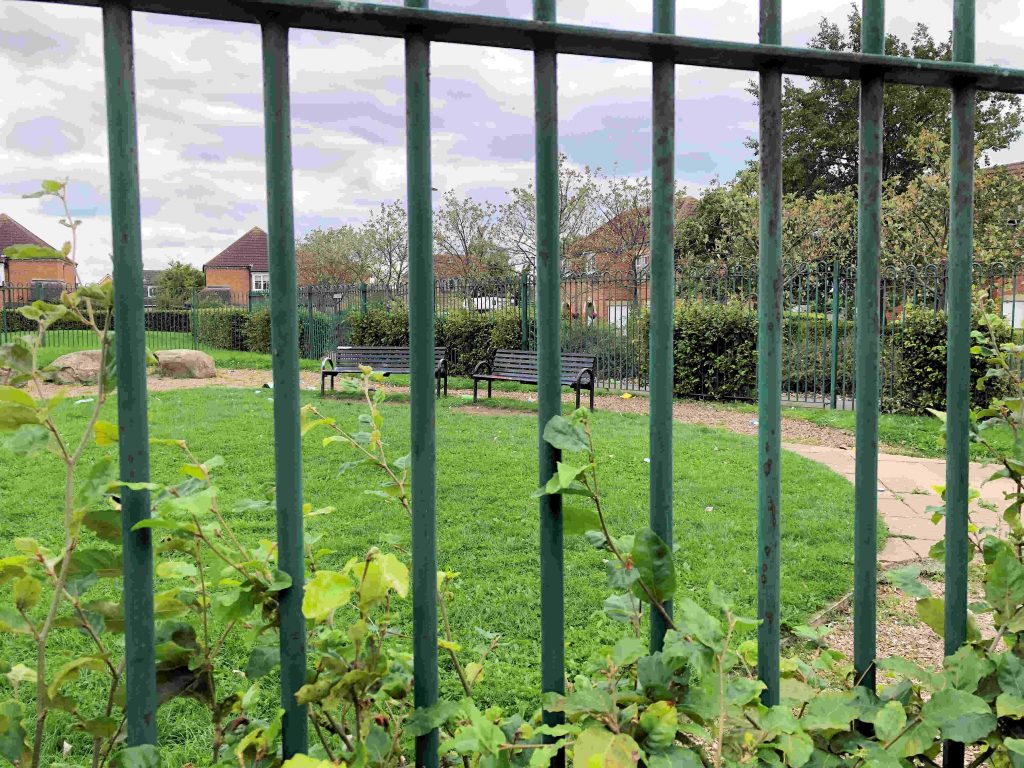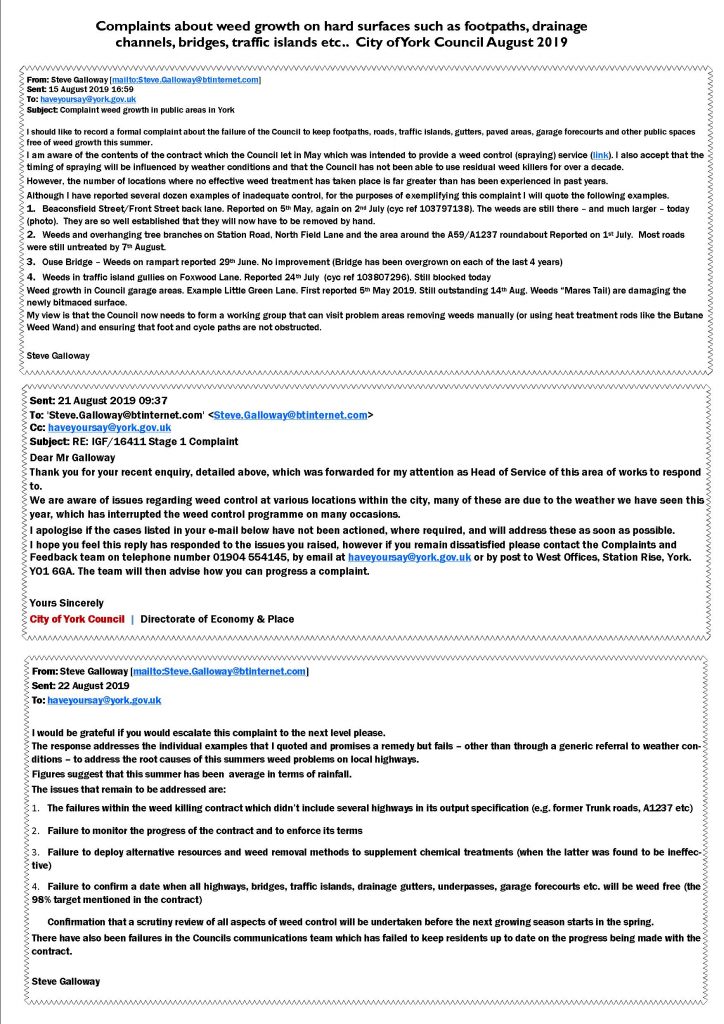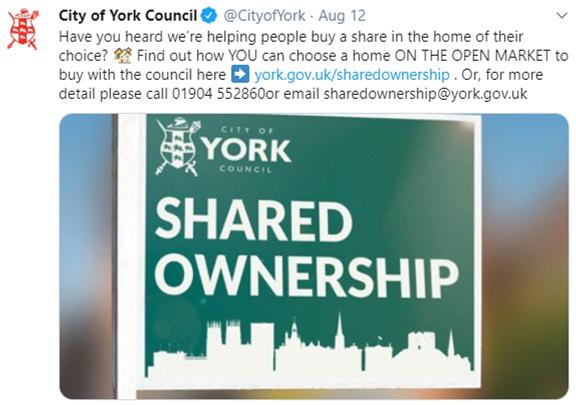Two decisions on the award of large IT contracts are to be taken in public next week as the York Council takes its first tentative steps towards a more open approach. It is not the decisions themselves which have attracted attention but rather it is the justification offered for placing them before a public meeting.
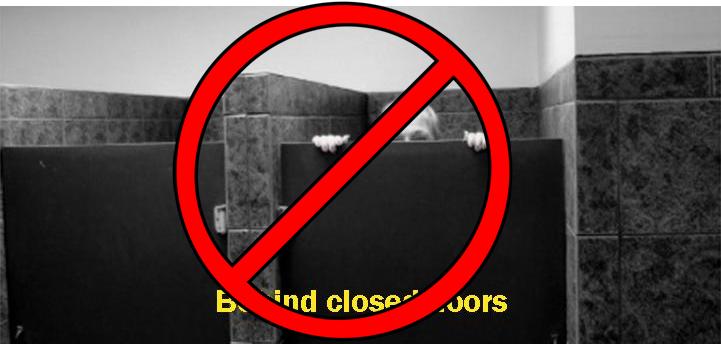
The report states “that councillors consider routine procurement decisions over £250k in value in line with procurement regulations and the public have the opportunity to see transparent decision-making in operation relating to major procurements.”
That is always supposed to have happened but some officials have sought to exploit loopholes in the budget process to justify making implementation decisions behind closed doors. Such “routine” decisions must be reported to the responsible executive member in a “register” This has not been done routinely in a transparent way.
It appears that the Executive are now insisting that proposals are tabled individually. That is a step in the right direction.
The two decisions being made on 18th November relate to
- Expenditure of £323,800 on an “on line” customer payments system
- A £710,000 investment in a new document management system.
The meeting will also hear that the Council is scrapping a proposed joint procurement with Harrogate to appoint a technology provider.
Instead the current provider in York will continue until summer 2020 with a new supplier, for managed network services, taking over then. The Council current spends around £2 million per annum on this service.
Full marks to Cllr Nigel Ayre who is taking the first tentative steps towards making the Council more open and accountable


